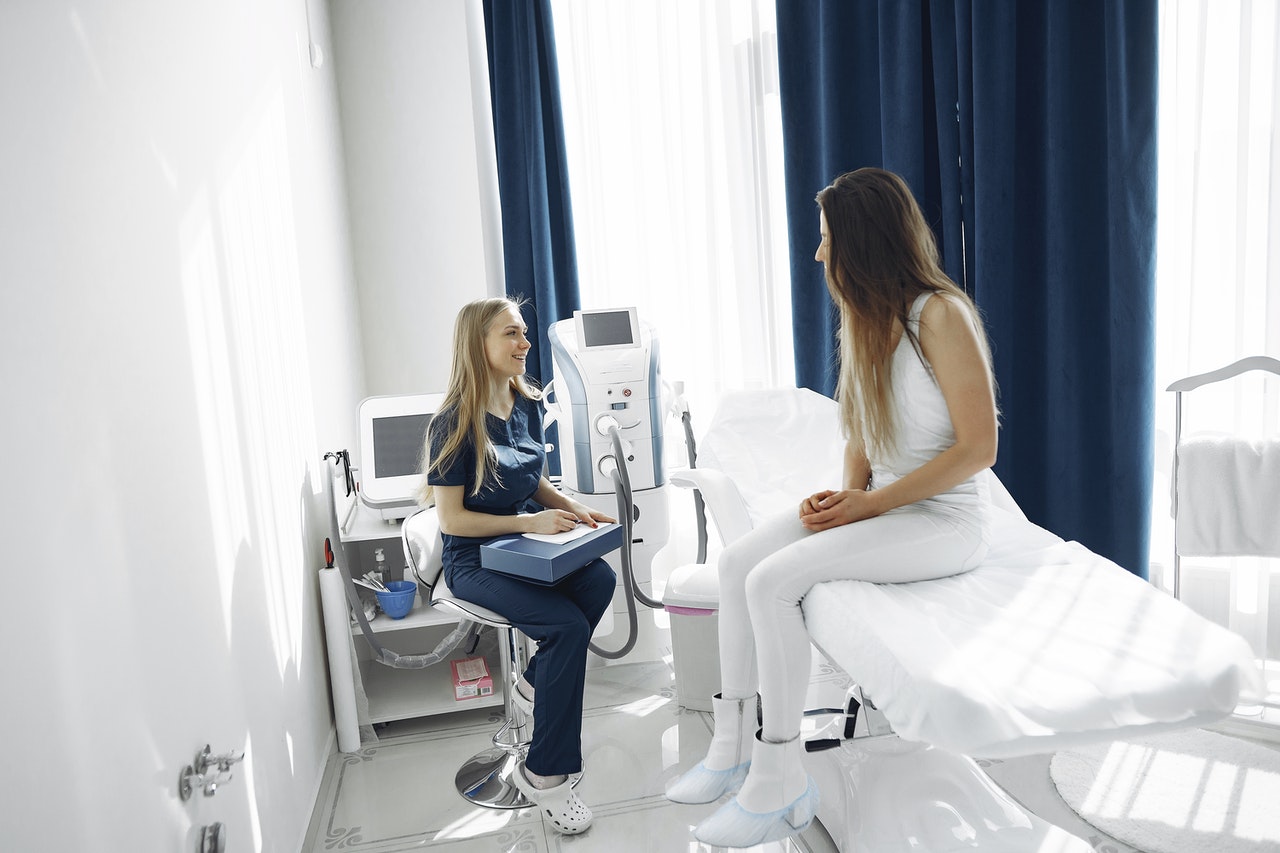If you’ve been diagnosed with kidney failure, you may be a candidate for dialysis. There are a couple of different ways that dialysis can be accomplished, and there are a lot of facts (and fiction) out there about it. One way of performing dialysis is called hemodialysis, and that’s the type people are usually referring to when they say “dialysis.” However, there is another type of dialysis called peritoneal dialysis. What is that? And how is it different from hemodialysis? Let’s take a look.
How it Works
Hemodialysis (remember “hemo” means “blood”) involves connecting you to a machine with an artificial filter. Blood is pumped out of your body and goes through this machine, which filters waste products out of your blood. Then the cleaned blood is returned to your body.
In contrast, peritoneal dialysis involves placing a soft, flexible tube called a catheter into your belly. Surgery is required, and you will get training on how to take care of the area around the catheter.
A sterile cleansing fluid called dialysate is then put into your abdomen through this tube. It gets washed in and out through your belly, using its lining as a filter. While the fluid is in your belly, you can put a cap on the catheter and go about your normal duties, such as work, school, travel, whatever it is you want to do. After a few hours, you drain the fluid out of your body through the catheter, and you can start over with a new bag of solution. This process is called an “exchange.”

Types of Peritoneal Dialysis
Peritoneal dialysis can be done two different ways. The main differences between these versions of peritoneal dialysis is that one uses a machine and the other is done by you manually. Another difference between these is the schedule of exchanges. If this is an option for you, you and your healthcare provider can decide which way works best for your personal situation.
- Continuous ambulatory peritoneal dialysis (CAPD) doesn’t use a machine. You do the exchanges manually during the day. Each exchange takes about 30-40 minutes, and you can do other things while it’s happening, such as read, nap, or watch TV. The fluid stays in your abdomen for 4-6 hours (called the “dwell time”), and you can work or do other regular activities while the fluid does its work. Usually, people do about four exchanges a day, and then they sleep with the fluid in their abdomen. You don’t have to wake up to do exchanges during the night; doing one in the morning is usually fine. Used fluid can be emptied into a toilet.
- Automated peritoneal dialysis uses a machine to do exchanges while you sleep. You stay connected to the machine all night, and it automatically does 3-5 exchanges. You can leave the fluid in your abdomen all day, or you can manually do an exchange sometime around mid-afternoon.

Who can do peritoneal dialysis?
You’ll need to check with your healthcare team to see if this might be an option for you. Some patients are unable to do it as you’ll have to have a certain amount of physical ability and either be able to care for yourself or have a reliable caregiver. Other patients, such as those who have had many abdominal surgeries or those who are obese, may not be good candidates for this type of dialysis.
Where do I do it?
If you are a candidate for peritoneal dialysis, you will usually be able to do it anywhere–at home, at work, or even while traveling. You’ll need to have a clean, private place to do it as infection is possible, but not likely.
Conclusion
If peritoneal dialysis sounds like it might be for you, check with your healthcare providers to see if you are a good candidate. Some people like the flexibility; others still prefer the hemodialysis route. You and your healthcare team can make the best decision for you to keep you healthy during your dialysis journey.